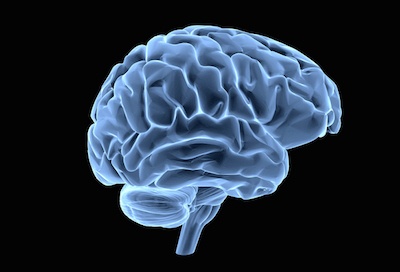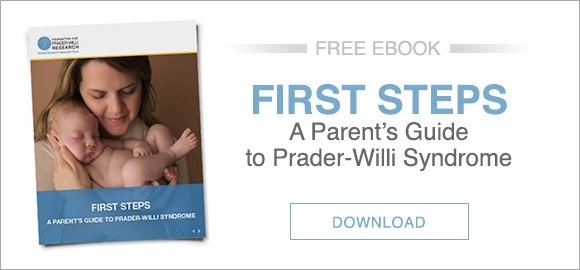 Many of the symptoms of PWS, including hyperphagia and behavior issues, likely originate in atypical structure and/or function of neurons in the brain. This presents an additional challenge to designing drug therapies for PWS, because drugs targeted for the brain must be able to cross what's called the "blood-brain barrier." The capillaries and blood vessels in the brain have stringent restrictions on the size and types of molecules that can pass through their walls and it can be a challenge to modify a drug in a way that allows it to pass the barrier and access all of the cells in the brain, including neurons.
Many of the symptoms of PWS, including hyperphagia and behavior issues, likely originate in atypical structure and/or function of neurons in the brain. This presents an additional challenge to designing drug therapies for PWS, because drugs targeted for the brain must be able to cross what's called the "blood-brain barrier." The capillaries and blood vessels in the brain have stringent restrictions on the size and types of molecules that can pass through their walls and it can be a challenge to modify a drug in a way that allows it to pass the barrier and access all of the cells in the brain, including neurons.
Researchers are exploring other types of therapeutic options to modify brain activity in PWS. Specifically, they're using devices that apply low levels of electrical current to specific targeted regions of the brain. These include transcranial direct current stimulation (tDCS) and vagus nerve stimulation (VNS).
Transcranial Direct Current Stimulation
tDCS is a non-invasive form of brain stimulation that uses an external device to send low levels of electrical current to a desired specific region of the brain. Most of the work to date with tDCS is in treating depression and other mental health conditions. However, Dr. Merlin Butler and his team at Kansas University Medical Center recently published some preliminary benefits of tDCS treatment in reducing hyperphagia in PWS. They're currently expanding their work in collaboration with Harvard University to determine if tDCS may be an effective in controlling food cravings and overeating in adults with PWS. This work is supported in part by an FPWR grant, "Transcranial direct current stimulation, startle modulation and event-related potential of the brain to evaluate hyperphagia in PWS."
Vagal Nerve Stimulation
A second approach under study is the use of VNS by Dr. Tony Holland and his team at the University of Cambridge. VNS is slightly more invasive in that it requires surgical implantation of the device. Once in place, it can then be turned on and off by an external control. Their preliminary study of 3 patients suggests improvements to maladaptive behaviours, temperament and social functioning. The publication is titled "Novel insights into maladaptive behaviours in Prader-Willi syndrome: serendipitous findings from an open trial of vagus nerve stimulation." FPWR is helping support a larger follow up study, "Proof of concept study of vagus nerve stimulation from an external device in prader willi syndrome."
FPWR provides information on these and other available clinical studies. However, FPWR does not endorse or recommend any particular clinical study. Please work with your doctor and the study sponsor to determine if a specific clinical study is right for you or your loved one with PWS.








